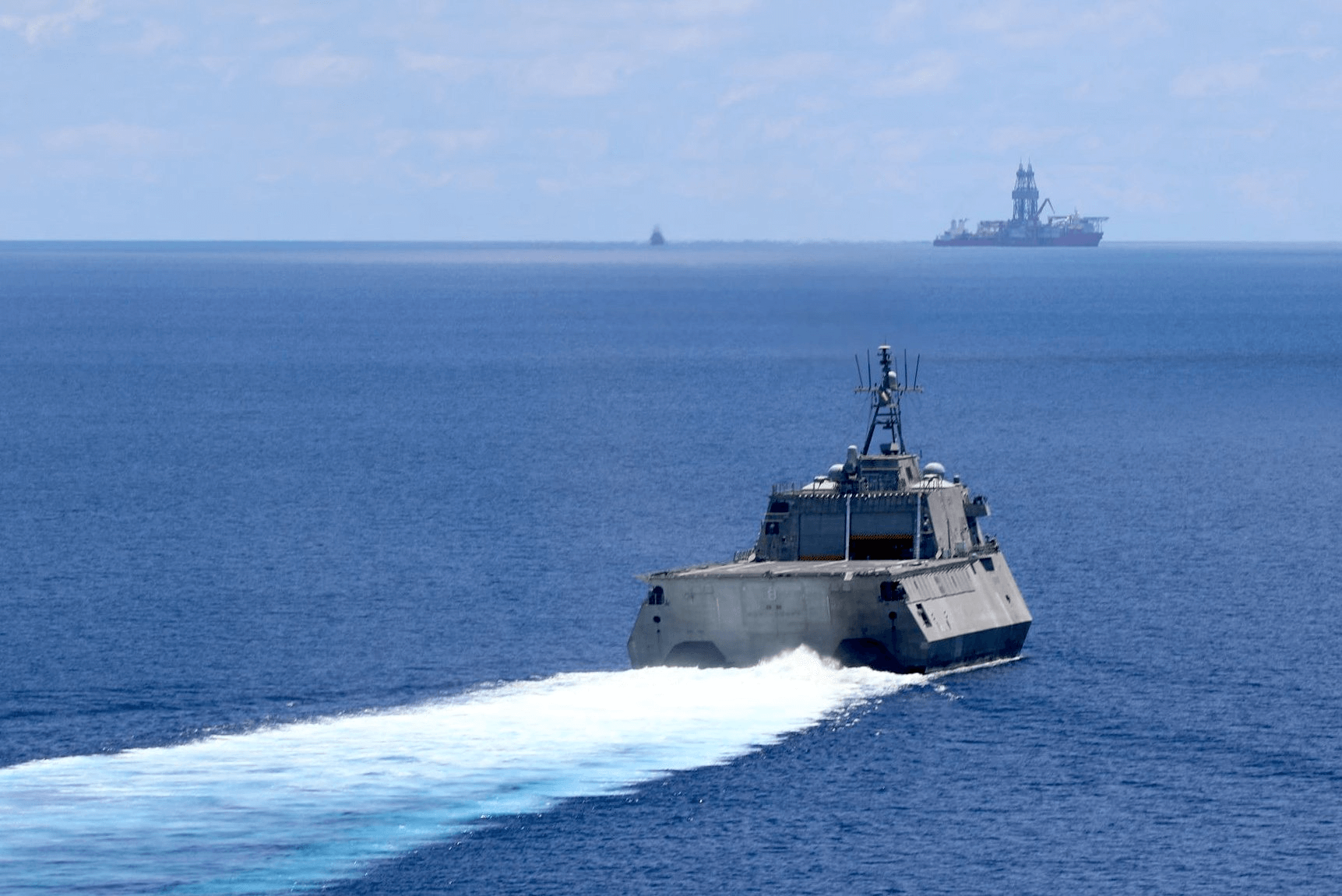According to a report published by the South China Sea Strategic Situation Probing Initiative (SCSPI), a Beijing-based think tank, a civilian Norwegian ship called the Grand Canyon II has been suspected of being hired by the United States (US) military to spy near Taiwan and in the South China Sea.
The multifunctional construction support vessel is affiliated with Helix Energy, a US-based oil and gas services company that also has many connections to the US military. Over the past few months, the ship has reportedly been undertaking undisclosed operations in the aforementioned regions. The report blames the US Navy and Air Force for continually conducting “frequent reconnaissance operations in the region, deploying a mix of reconnaissance aircraft, including those of civilian contractors, to the South China Sea, all of which built up strong momentum for battlefield construction and warfighting readiness across the US military.”
According to the Chinese state-owned media house Global Times, the ship arrived in Yokosuka, Japan from Guam in early March to transport the MH-60S Seahawk helicopter that was recovered on March 17 after it crashed into the ocean 92 nautical miles east of Okinawa. However, according to the SCSPI’s tracking data, the vessel has been operating near Taiwan and in the South China Sea over the past month, raising suspicion. The data also shows that since late 2020, the ship has stayed in Taichung and Kaohsiung in Taiwan, and Nagasaki and Yokosuka in Japan. Nagasaki and Yokosuka are both known US Navy ports.
Since the ship has also previously worked with the US military, it has been discerned that the Grand Canyon II was likely hired by the US for special espionage missions. Wei Dongxu, a Beijing-based military expert believes that the ship might be involved in conducting “reconnaissance and eavesdropping missions by collecting surrounding radio signals, place detection devices into the sea for hydrological survey or even use sonar devices to track submarine activities.” Wei also speculates that the ship could also “serve as a secret base and special agents could use it for transport and covert operations.”
If proven true, this incident will not be unique. The US has had a track record of utilising civilian vessels for military missions. The report highlights that “the US military conducted nearly 1,000 reconnaissance sorties from several bases such as Osan Air Base in South Korea, Kadena Air Force Base in Okinawa, Andersen Air Force Base in Guam, Clark Air Base in the Philippines, and Brunei.” The document cites a 2020 incident, where SCSPI “found through ADS-B signals that on multiple occasions US reconnaissance aircraft impersonated civilian aircraft of countries such as Malaysia and the Philippines to conduct close-in reconnaissance near China’s coast.”
According to Wang Wenbin, a spokesperson of the Chinese Ministry of Foreign Affairs, as of mid-September 2020, US reconnaissance aircraft had impersonated civilian aircraft of other countries more than 100 times off the coast of China, which he said represents “a modus operandi of the US armed forces in conducting close-in reconnaissance globally.”
China Suspects Civilian US Ship of Spying Activities
An American civilian ship called the Grand Canyon II has been suspected of being hired by the US military to spy near Taiwan and in the South China Sea.
May 11, 2021

SOURCE: US NAVY
